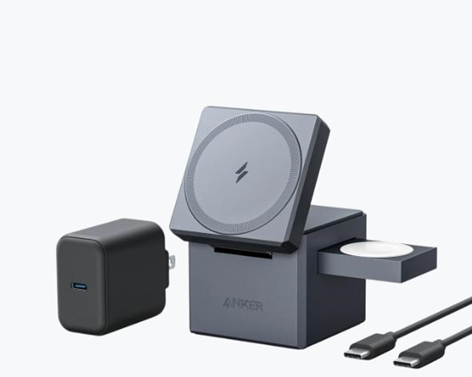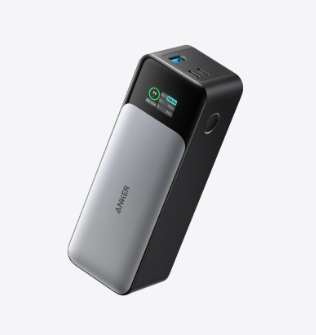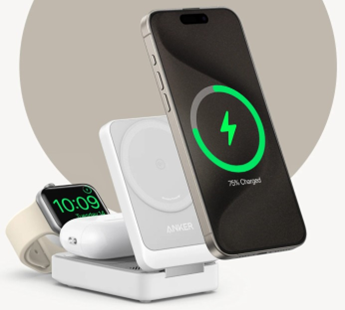Data terminal equipment
Related background
The device, PC or terminal at one end or the other end of data transmission.
Data Terminal Equipment (DTE) is an end node in the X.25 network. DTE is a device at a user network interface, which serves as a data source, destination, or both. The DTE is connected to a data network through a DCE device and typically using a clock signal generated by the DCE. DTE includes equipment such as computers, protocol converters and multiplexers. The data terminal equipment, namely the computer display terminal, is the input and output equipment of the computer system. The computer display terminal is produced with the centralized processing mode of the host era, and with the development of computing technology, it is constantly improving, and the advanced display is constantly being born.
DTE and data circuit termination equipment (DCE) together constitute a data station, as shown in Figure 1.
DTE can be a host or preprocessor, or a computer terminal with communication functions, such as an intelligent terminal realized by a microcomputer. Therefore, DTE has a different meaning from terminal equipment in general computer systems. The latter belongs to the peripheral equipment of the computer system and can be directly connected to the host without the function of remote communication or networking. The DTE referred to here is an integral part of the data communication system, except for being used as a data source/data sink. , It must also implement the function of data communication in accordance with a certain protocol. Therefore, the two are concepts belonging to two different categories. The data communication functions of DTE include: connection with DCE to realize data receiving and sending; data link control, network functions corresponding to the connected data network, and effective data transmission between DTEs at both ends Other functions required by the information exchange. Some of these functions are implemented using hardware, but most of them rely on software, and are generally constructed with a modular structure. DTE can be a single device or a combination of two or more devices.
Development
So far in the development of terminals, computing technology has experienced three development periods: the host era, the PC era, and the network computing era. Adaptation, the application has also experienced three forms of character dumb terminal, graphic terminal and network terminal.

Classification of terminals
Common client devices are divided into two categories: one is a thick client and the other is a thin client. Then, the devices based on the open industry standard architecture and more powerful functions represented by the PC are called "fat clients", and the others are classified as "thin clients." The space and scale of the thin client industry is also very large, no less than the current scale of the PC.
1. From a technical perspective, the data processing mode will be decentralized to centralized, the user interface will be more user-friendly, manageability and security will be greatly improved; at the same time, communication and information processing methods will also be fully networked, and can achieve unprecedented System scalability and cross-platform capabilities. Terminal equipment
2. In terms of application form, the network terminal equipment will not be limited to the traditional desktop application environment. With the diversification of connection methods, it can be used as a desktop device, and it can also be used in mobile and portable ways. There will be diversified terminal devices. Product form; In addition, with the expansion of cross-platform capabilities, in order to meet the needs of different system applications, network terminal devices will also appear in many faces: Unix terminals, Windows terminals, Linux terminals, Web terminals, Java terminals, and so on.
3. In terms of application areas, terminal devices in the era of character dumb terminals and graphic terminals can only be used in window service industries and counter services will be gone forever, and non-counter services such as online banking, online securities, and bank low-counter services will be extensive Using terminal equipment to access
network terminal equipment, and the application of network terminal equipment will also rapidly expand to emerging non-financial industries such as telecommunications, electricity, taxation, education, and government.
Difference
DTE is a data terminal device, such as a terminal, which is a broad concept, and a PC can also be a terminal. (Generally, DTE devices commonly used in WAN include routers, terminal hosts)
DCE is a data communication device, such as a MODEM, a communication device connected to DTE devices. (Generally used DCE equipment for WAN: CSU/DSU, WAN switch, MODEM)
The difference between DTE and DCE is that the DCE side provides clock, DTE does not provide clock, but it relies on the clock provided by DCE Work, such as between PC and MODEM. Data transmission usually goes through DTE-DCE and then through the path of DCE-DTE. In fact, for a standard serial port, it is usually DTE or DCE from the appearance, DTE is a needle (commonly known as male), and DCE is a hole (commonly known as female), so that the two interfaces can be connected together.
When routers are connected by serial ports, it generally does not matter which end is connected to DCE and which end is connected to DTE. Generally, the core layer is used for DCE and some are specified by default. For example, the modem is always DCE, and the telecommunications connected to it Program-controlled switchboard is DTE. If DCE does not set clock rate when it is configured, communication will not be possible.
DTE is compared with DCE, the acronym DCE of Data Communications Equipment, which provides signal conversion and coding functions between DTE and transmission line, and is responsible for establishing, maintaining and releasing the chain Road connection, such as Modem. DCE equipment is usually docked with DTE, so the pin assignment is opposite, that is, 2 is for receiving and 3 is for sending. The difference between them is that the DCE side provides the clock.
Routers are usually DTE devices. Transmission devices such as modems and GV converters are usually specified as DCE. For example, a router is at the edge of the network. It has an S0 port that needs to be from another router. We have learned some parameters. We don't need to configure the "clock rate" on the S0 port when implementing it. It is learned from the other party. At this time, it is DTE, and the other party is DCE. When the router is used as DCE to provide clock frequency, it needs to be set. When doing back-to-back experiments of routers, two routers are used as DCE and one as DTE. For DCE, the clock rate needs to be configured for ISDN. 64000, or 64000 for sub-time slots, 56000 for ordinary dial-up serial ports, set the clock rates of DTE, DCE, DTE, and DCE to be the same. If you are not sure which router has the DTE end of this cable, which one The router has a DCE end. You can use show controller serial 0 to determine the distinction between DTE and DCE. In fact, it is only for the serial port. The router usually connects to the wide area network through the serial port. Serial V.24 port (25-pin) usually stipulates that the second pin of DTE is used as TXD (transmit data line). Serial V.35 (34-pin) is the communication interface standard usually used by routers, but V.35 is used When the differential signal is transmitted, the sending and receiving are respectively undertaken by two signal lines. The DCE device is usually connected to the router, so the pin assignment is opposite, that is, 2 is receiving (but also called TXD), and 3 is sending.
Latest: qqzone








